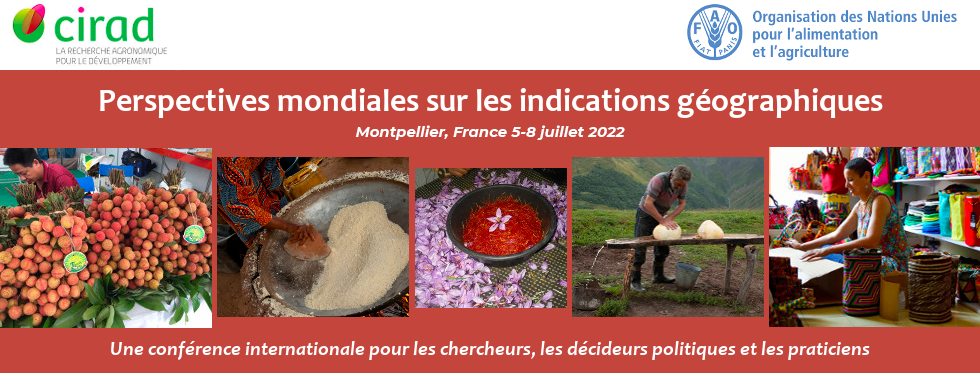GI related marks (PDOs, PGSs, GIs etc.) has the aspect of communicating “place-base” characteristics of certain products, in addition to the technical specifications and modus of productions and processing.
We comparatively analyze multiple modus (five in total) of communicating “place-base” or “place-ness”; these are story-telling, regional designation (Globally Important Agricultural Heritage Systems: GIAHS), GI label, and environmental label. We analyzed tea (and sake) as object of analysis and identified the following two characteristics of the products based on the case studies and literature review. Based on the analysis results, a hypothetical taxonomy of place-based labels and related schemes was proposed.
The two characteristics of the tea (and sake) products are; first, registration of tea involves various sectors and stakeholders with relatively high value-chain as agricultural products; leaf producers, processors, wholesalers etc. Such value-chain provides us with unique opportunity to examine inclusion/exclusion process of actors in registration as well as dynamic communications within the value-chains (in addition to the communication of GI to the consumers). As result, examples from teas are full of cases with success and failure of such processes.
Second, tea products are frequently rich in history and their brandings are linked to certain areas and terroirs. Thus, there are number of existing examples with multiple labels; i.e. products registered with multiple labels as heritage sites, organic, environmental elements. We focused on a case where tea products are GI registered in GIAHS sites. GIAHS is promoting sustainable livelihood based on socio-ecological landscape and facilitating management of ecosystem services and biodiversity conservation.
In other contexts, living creatures are frequently used as symbol of biodiversity, and associated positive effects both for environmental and well-being of the consumers. In short, birds, frogs are “icon” to communicate and convey the positive message. Oriental strokes in Toyoko, in Japan is one of the most well-known cases. Hayashi and Tanaka (2010) conducted a survey as to which animal types had “premium” for rice-products. In European contexts, salamanders are used for eco-parks. Yet, we argue that these icons are focused on “environmental elements,” possibly comparable to environmental labels such as FSC and others.
Whether place-based products contribute to sustainability or not is a long-lasting debate in the scientific literature (White Honey in Cameroon to deforestation). From the analysis, we conclude that synergistic relationships between GI and other labels or designation schemes can contribute to sustainable production and consumption of the registered products through the collaborations of the various stakeholders. Furthermore, proper combination and use of GI and other schemes can support landscape managements of the production areas.

 PDF version
PDF version
